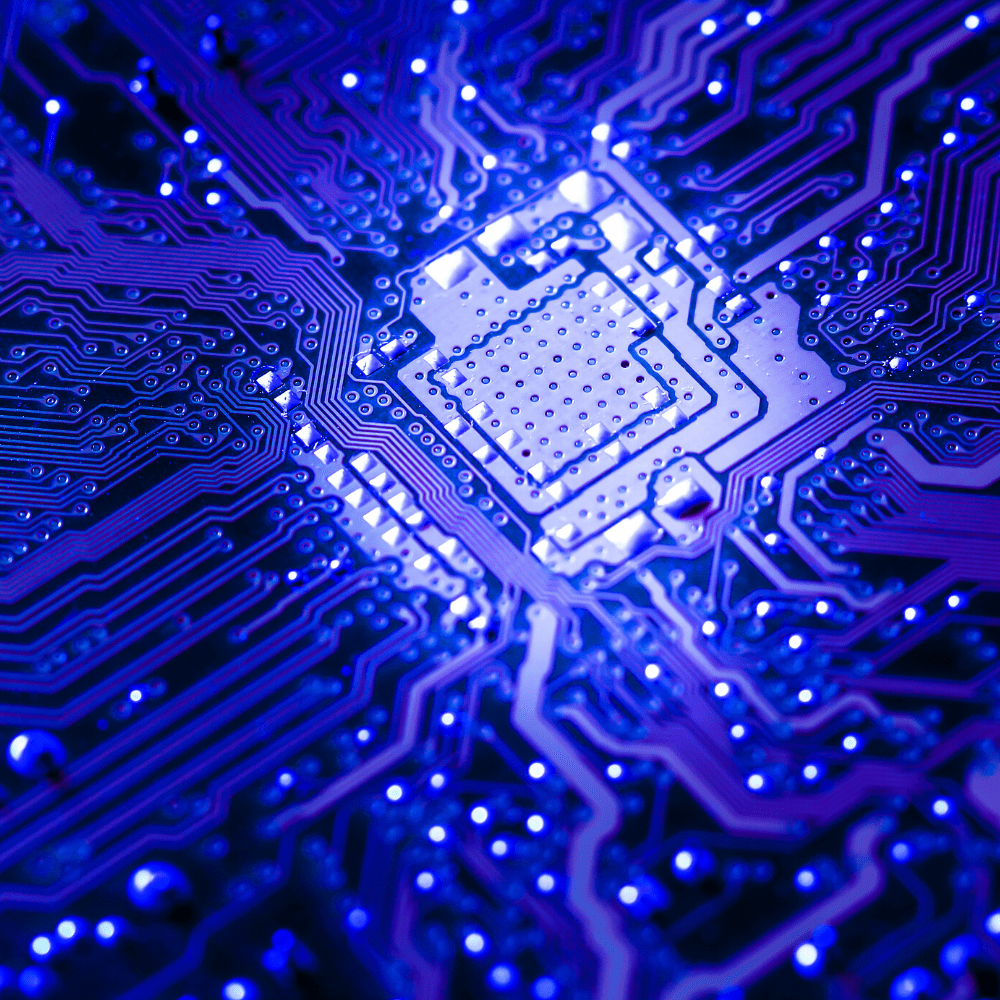Phase Converter vs. VFDs: Which to Use

Performing a voltage conversion will allow your business to take a single-phase system and convert it into a three-phase system. You can facilitate this conversion in one of two main ways — with a phase converter or with a variable frequency drive (VFD). While both options can help you achieve the same result, they each work differently and have distinct advantages and disadvantages. Let’s take a look at each type to help your business decide which one is best for your applications.
Phase Converter
A phase converter facilitates the conversion by adding another leg to the two single-phase lines.
About
Phase converters can rely on any of three main control methods:
- Static conversion: Static conversions work best with low-powered motors. With this method, the motor is not running at full efficiency. Instead, it’s mainly running on just two of the legs.
- Rotary phase conversion: A rotary phase converter works well with large machines that have heavy starting loads. This solution uses two motors and is made from a three-phase electric motor.
- Digital phase conversion: A digital phase converter provides excellent voltage balance between the phases. A digital signal processor (DSP) is able to produce the third-phase power.
Advantages
Phase converters require less wiring, making them easy to install. They can also be used to run multiple machines simultaneously. Other advantages of a phase converter include the generation of three-phase power as well as its ability to operate with resistive and inductive loads.
Disadvantages
A phase converter won’t deliver the same complicated settings that a VFD would or the same control over power distribution and regulation.
VFD
A VFD, also referred to as an adjustable-frequency drive, AC drive or variable-speed drive, allows variable speed control when it converts frequency.
About
The VFD controls the torque and AC motor speed of a system. The control of this system takes place on a VFD interface, and it relies on an adjustable-speed drive, which can be a vector drive, Voltz per Hertz or sensorless vector.
Advantages
VFDs will help your business save energy. They also offer a precise control system with a motor speed controller. Other benefits include experiencing a performance improvement on everything from mixers to pumps.
Disadvantages
While you will get more control, a VFD does not work well for lighter loads or running more than one three-phase machine from one single line. Usually, just one connected machine is run at a time.
Contact Global Electronic Services
Overall, both phase converters and VFDs will convert a single-phase system into a three-phrase. The method you decide to use will depend on aspects ranging from your motor power requirements to the number of machines you have connected. Typically, phase converters work well for machines with minimal performance gain and low voltage controls, such as freezers and trailer equipment. VFDs, on the other hand, work well for machines you’d want more control while using, such as saws and pumps.
For all your electrical and equipment questions, Global Electronic Services is here for you 24/7. Just give us a call at 877-249-1701 — one of our representatives will be happy to help!